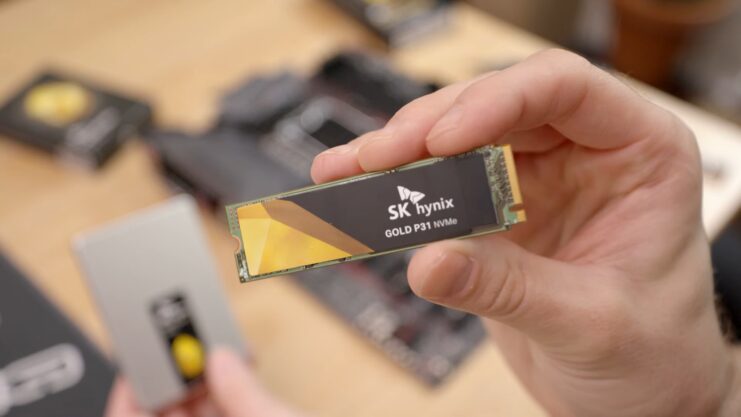Solid State Drives (SSDs) have revolutionized the way we store data, offering blazing fast access speeds and reliability that far surpasses traditional hard drives. But when it comes to choosing the right Solid State Drive, one question often looms large: How much storage capacity do I really need?
In this article, you will learn:
- The key factors influencing your Solid State Drive storage requirements.
- Guidelines for SSD capacity based on different user needs.
- Insights on balancing cost against performance for SSDs.
As a PC hardware expert, I’ll guide you through the process of selecting the perfect SSD capacity for your specific needs, ensuring you make an informed decision. Let’s begin!
Guidelines for Different User Profiles
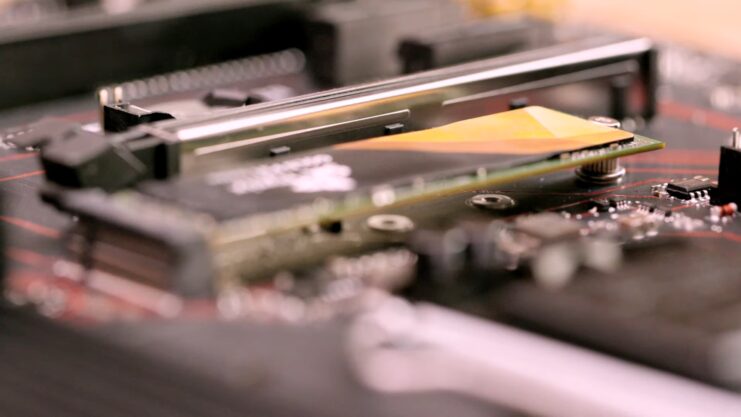
When it comes to SSD storage, one size does not fit all. Here are some tailored recommendations based on various user profiles:
Casual Users
If you mainly use your computer for web browsing, document editing, and light media consumption, a 250GB to 500GB SSD should suffice. This range provides ample space for the operating system, essential applications, and a moderate collection of documents and media.
Professional Users
For those involved in more demanding tasks like programming, graphic design, or data analysis, I recommend between 500GB and 1TB. This capacity ensures enough room for larger applications, project files, and some room for future growth.
Gamers
Modern games can be storage-intensive, with some titles exceeding 100GB. Gamers should aim for at least 1TB, though 2TB provides a more comfortable cushion for a large game library and future releases. It is a much better solution than repeatedly formatting your SSD, which can be bothersome.
Creative Professionals
Video editors, 3D artists, and music producers will find that storage fills up fast. A minimum of 1TB is advisable, but 2TB or more is optimal, especially for handling high-resolution video files and large project archives.
Tech Enthusiasts and Power Users
If you’re constantly experimenting with new software, running multiple operating systems, or maintaining a vast media library, consider 2TB or more. This will allow you to explore and expand without constantly worrying about space constraints.
Remember, these are general guidelines. Your specific needs may vary based on your individual usage patterns and preferences.
SSDs and Their Importance in Modern Computing
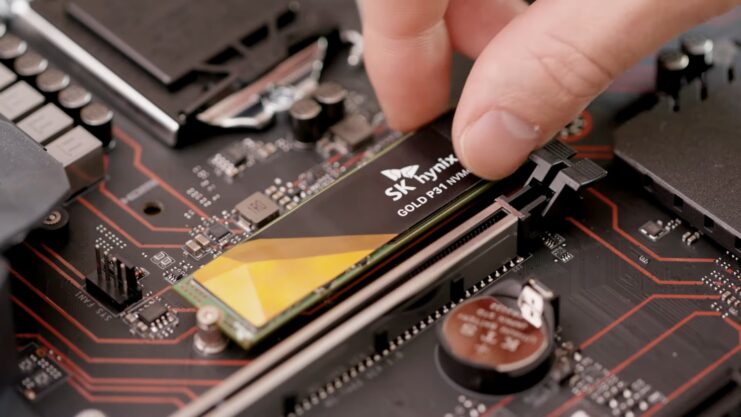
Solid State Drives, or SSDs, are a pivotal component in modern computing. Unlike their predecessors, the Hard Disk Drives (HDDs), SSDs use flash-based memory, which significantly speeds up your computer’s performance.
Why are SSDs so crucial? They offer numerous advantages over HDDs:
- Speed: SSDs dramatically reduce boot times, file access speeds, and overall system responsiveness.
- Durability: With no moving parts, SSDs are less prone to mechanical failure, making them more reliable.
- Efficiency: SSDs consume less power, which is particularly beneficial for laptops, enhancing battery life.
The incorporation of an SSD into a PC setup doesn’t just mean faster data access; it transforms the entire computing experience. From gaming to professional work, the speed and efficiency of an SSD can be a game-changer. But with so many options available, how do you determine the right amount of storage for your needs? That’s what we will explore next.
Factors Influencing Storage Requirements
Determining the right SSD capacity is not a one-size-fits-all scenario. It depends on various factors, each of which plays a crucial role in your decision:
- Usage Type: Are you a casual user primarily browsing the web and using office applications, or are you a hardcore gamer or a professional video editor? Higher-end tasks demand more storage.
- Software Needs: Consider the size and number of applications you use. Large software suites like Adobe Creative Cloud or extensive game libraries require significant space.
- File Storage: Think about the types and quantities of files you store. High-resolution videos, large photo collections, and extensive music libraries will quickly consume storage.
- Future-Proofing: Technology and software are constantly evolving. What seems like ample storage today might become inadequate in a few years. Planning for future needs is essential.
- Operating System and Updates: Your OS and regular updates can take up significant space. Ensure you have enough room for these alongside your personal data.
- Dual-Drive Setups: Some opt for a smaller SSD for the OS and key applications, paired with a larger HDD for bulk storage. This setup can be a cost-effective way to enjoy the benefits of both worlds.
Balancing Cost and Performance
One of the key considerations when selecting an SSD is finding the sweet spot between cost and performance. SSD prices have been steadily declining, but higher capacity drives still come with a premium. Here’s how to balance these factors:
- Evaluate Your Budget: Start with a clear idea of how much you’re willing to spend. Higher capacity SSDs offer more space but at a higher cost. Determine what’s feasible for you financially.
- Performance Needs: Consider how the SSD will be used in your system. For most users, the speed difference between a high-end and a mid-range SSD won’t be noticeable, but for tasks like 4K video editing, the faster read/write speeds of more expensive SSDs can be a game-changer.
- Cost per Gigabyte: Look at the cost per gigabyte to determine the value. Sometimes, it’s worth spending a bit more for a significantly larger drive.
- Future Expenses: Purchasing a larger SSD now can be more cost-effective than needing to upgrade sooner than expected. Think long-term to avoid additional costs down the line.
- Alternative Solutions: If budget constraints are tight, consider a dual-drive setup. A smaller SSD for your operating system and frequently used applications, combined with a larger HDD for bulk storage, can be a cost-effective solution.
Carefully consider these aspects, and you can make a decision that won’t break the bank but will still provide the performance and capacity you need.
What to Expect in the Future
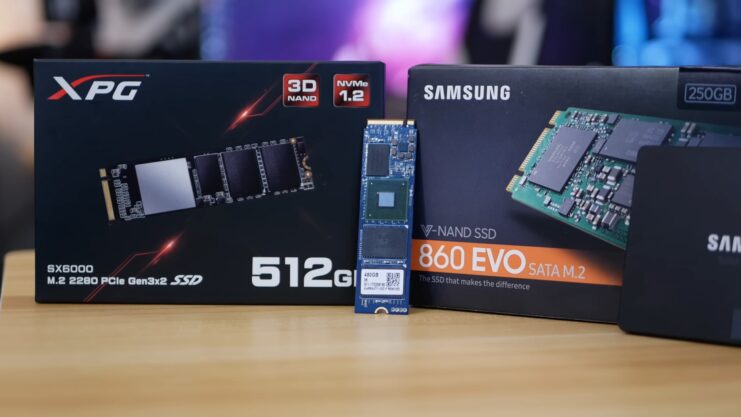
As an expert in PC hardware, I closely follow the developments in SSD technology, and the future looks incredibly promising. Here’s what we can anticipate in the realm of Solid State Drive storage:
- Increased Capacities: Technological advancements are paving the way for larger SSDs at more affordable prices. We’re already seeing consumer-grade 4TB SSDs, and it won’t be long before higher capacities become the norm.
- Faster Speeds: The introduction of PCIe 4.0 and the upcoming PCIe 5.0 standards are pushing the boundaries of data transfer speeds. Future SSDs will not only offer more storage but also significantly faster read and write speeds.
- Greater Durability: SSDs are already more durable than HDDs, but research into new types of NAND flash memory suggests that future SSDs will have even longer lifespans.
- Innovations in Form Factor: With the rising popularity of compact and portable devices, we can expect innovations in SSD sizes and form factors, making them suitable for a wider range of applications.
- Enhanced Data Security: As SSDs become more prevalent, manufacturers are focusing on integrated security features like hardware encryption to ensure data safety.
The SSD market is evolving rapidly, and staying informed about these changes is crucial. Not only will future SSDs offer more space and speed, but they will also bring new features and improvements that could revolutionize how we think about storage.
Lifespan and Maintenance
When considering SSD storage capacity, it’s also essential to know about their lifespan and maintenance. Here’s are the essentials:
Lifespan
SSDs have a finite number of write cycles. However, for most users, this isn’t a concern, as the typical SSD will last years under normal use. Larger capacity Solid State Drives often have longer lifespans since the write operations are spread across more memory cells.
Maintenance Tips
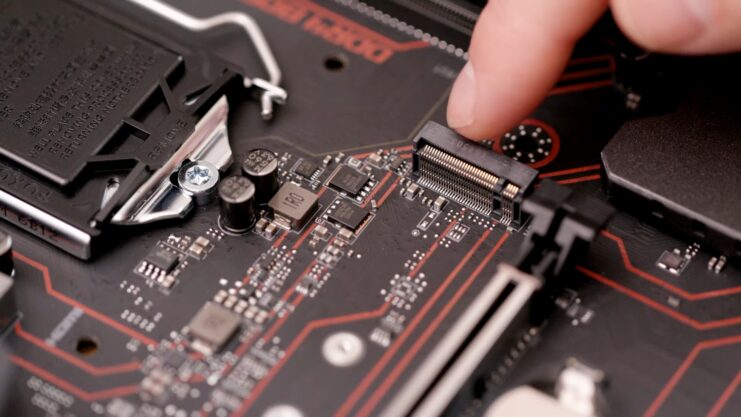
To extend the life of your SSD, avoid filling it to capacity, as this can slow down performance and increase wear. Use tools provided by the manufacturer for firmware updates and health monitoring.
TRIM Command
Modern operating systems use the TRIM command, which helps to maintain the performance and lifespan of Solid State Drives. Ensure TRIM is enabled for optimal maintenance.
Over-Provisioning
Some SSDs offer over-provisioning, setting aside a portion of the SSD that isn’t user-accessible. This extra space helps in managing wear leveling and improves longevity.
Backups
Regardless of your SSD’s size or durability, regular backups are crucial. No storage device is fail-proof, and having backups ensures your data’s safety.
Data Security
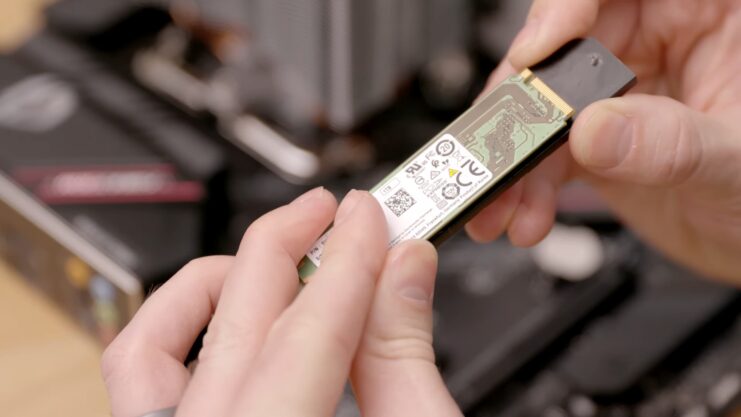
The capacity of your SSD also plays a crucial role in data security and management. Here’s how:
Encryption Efficiency
Larger SSDs offer more space to implement robust encryption protocols without compromising performance. Full-disk encryption, essential for securing sensitive data, can be managed more efficiently on higher-capacity drives.
Secure Erase Functionality
SSDs come with a secure erase feature, which is vital for data security. Larger drives can handle the erasure process more effectively, ensuring that your deleted data is irrecoverable and secure from unauthorized access.
Data Organization
With more space, you can better organize and partition your data, allowing for more controlled access and security measures. This is particularly beneficial in multi-user environments or for those handling sensitive information.
Redundancy and Backup
Adequate storage capacity enables the creation of redundant data copies within the same drive, enhancing data integrity. It also offers enough space for comprehensive backup solutions without the need for additional external storage devices.
Future Security Needs
As software and security needs evolve, having a larger SSD ensures that you have the capacity to adapt to new security measures and requirements without constantly upgrading your storage solution.
How to Upgrade and Expand

Upgrading or expanding your SSD storage can be a straightforward process if you know what to look for. Whether you’re running out of space or just looking for a performance boost, here are some tips:
- Identify Compatibility: Before purchasing a new Solid State Drive, ensure it’s compatible with your system. Check your motherboard’s interface (SATA or PCIe) and form factor (2.5-inch, M.2, or others) compatibility.
- Data Migration: If you’re upgrading to a larger Solid State Drive, you’ll need to migrate your data. Many SSDs come with cloning software, or you can use third-party tools to transfer your operating system and files seamlessly.
- Installation Process: Physically installing an SSD is generally straightforward. For desktops, it involves connecting the drive to the motherboard and power supply. For laptops, it may require replacing the existing drive.
- Optimizing Performance: After installation, ensure your BIOS is updated and the drive is properly configured. Enable AHCI mode for SATA Solid State Drives and NVMe mode for PCIe SSDs to maximize performance.
- Expanding with Additional SSDs: If your system has extra slots or bays, you can add additional Solid State Drives for more storage. This is particularly useful in desktops or larger laptops.
- External SSDs: For those who cannot upgrade internally, external SSDs are a viable option. They offer portability and can connect via USB or Thunderbolt, providing significant speed improvements over external HDDs.
FAQs
How does the type of NAND flash in an SSD affect its storage capacity and performance?
Different types of NAND flash, like SLC, MLC, TLC, and QLC, impact both the storage capacity and performance of an SSD. SLC (Single-Level Cell) offers higher durability and performance but lower capacity and higher cost per GB.
In contrast, QLC (Quad-Level Cell) provides higher capacity at a lower cost but with reduced endurance and slower write speeds. MLC (Multi-Level Cell) and TLC (Triple-Level Cell) offer a balance between these factors.
Can I use an SSD for both my operating system and as an external storage device?
Yes, you can use a Solid State Drive both as the primary drive for your operating system, ensuring fast boot and operating speeds, and as an external storage device for additional data storage.
For external use, you’ll need an appropriate enclosure with a USB or Thunderbolt connection.
How does an SSD’s form factor influence its storage capacity?
The form factor of a Solid State Drive, such as 2.5-inch, M.2, or PCIe, can influence its storage capacity.
Generally, larger form factors like 2.5-inch drives can hold more NAND flash chips and thus offer higher storage capacities.
M.2 and PCIe SSDs, while more compact and ideal for laptops and small form factor PCs, may have slightly lower maximum capacities due to their size.
Is it worth partitioning an SSD, and how does it affect its performance?
Partitioning a Solid State Drive can be useful for organization or running multiple operating systems, but it does not significantly affect performance.
Modern Solid State Drives handle data efficiently across partitions. However, ensure that each partition has enough free space, as SSDs can slow down if any partition is too full.
Does storing large files, like 4K videos, impact SSD performance differently than storing many small files?
Solid State Drives handle large files and multiple small files differently. Large files are typically written and read more sequentially, which is efficient for SSDs.
Many small files can result in more scattered, random read/write operations, which might be slightly slower. However, SSDs are generally adept at handling both scenarios well.
Can I improve my SSD’s performance with software optimization, and if so, how?
Yes, you can optimize your Solid State Drive’s performance through software.
Ensuring your operating system is up to date, using built-in optimization tools like disk cleanup and defragmentation (for Solid State Drives, this is actually a TRIM operation), and avoiding unnecessary write operations can enhance performance.
Also, keeping your SSD firmware updated can improve stability and performance.
Final Words
The world of SSD storage capacities can be daunting, but armed with the right information, you can make a choice that perfectly suits your needs. We’ve explored the crucial factors influencing storage requirements, offered tailored guidelines for various user profiles, and discussed balancing cost and performance.
To recap the key takeaways:
- SSD capacity choice varies greatly based on user type, from casual to professional needs.
- Balancing cost against performance and future-proofing your investment is crucial.
- Understanding the maintenance, security aspects, and upgrade paths of SSDs ensures a wise investment.
If you’re considering further upgrading your computer setup or delving deeper into PC hardware, exploring the latest in CPU and GPU technology could be your next step. Staying informed in the fast-evolving world of tech ensures your investments are sound and future-ready.

